In 1945, while India was engulfed in its fight for independence, a young businessman named Kamal Nayan Bajaj dreamed of something revolutionary — producing India’s first scooter. This isn’t a fictional story but the real journey of Bajaj Auto, one of India’s leading two-wheeler manufacturers today. From humble beginnings to becoming India’s largest two-wheeler exporter, Bajaj’s story is one of perseverance, innovation, and overcoming countless challenges.
Table of Contents
The Foundation of Bajaj
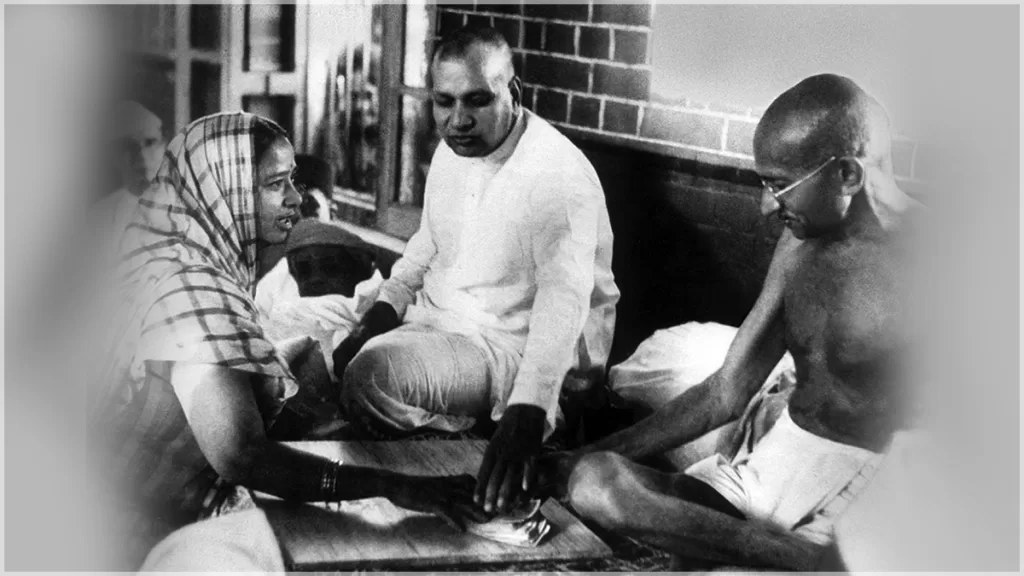
The Bajaj legacy began in 1926 when Jamnalal Bajaj, an Indian freedom fighter and social reformer, founded Bachraj Factories Private Limited, named after his grandfather, Seth Bachraj Bajaj. Initially, the company traded in cotton and was known for its ethical business practices. Jamnalal Bajaj wasn’t just a businessman; he was a close associate of Mahatma Gandhi, who considered him a “fifth son.” Following Gandhi’s advice, Jamnalal also established Hindustan Sugar Mills in 1931, which is now one of Asia’s largest sugar producers, promoting the idea of self-reliance and supporting Swadeshi industries.
As Jamnalal’s involvement in the independence movement increased, the responsibility of the family business shifted to his son, Kamal Nayan. With India on the brink of gaining independence, Kamal Nayan saw an opportunity to introduce scooters to the Indian market, as they had become popular in Europe. At that time, two-wheelers were practically non-existent in India, with only a few foreign brands like Royal Enfield, BSA, and Triumph catering to British officers.
The Birth of Bajaj Scooters
In 1945, Kamal Nayan Bajaj founded Bachraj Trading Private Limited with the goal of importing scooters to India. However, it wasn’t easy. The country was still under British rule, and obtaining government approval to import goods was incredibly difficult. Kamal Nayan persisted despite these challenges, but it wasn’t until India gained independence on August 15, 1947, that the dream started to take shape.
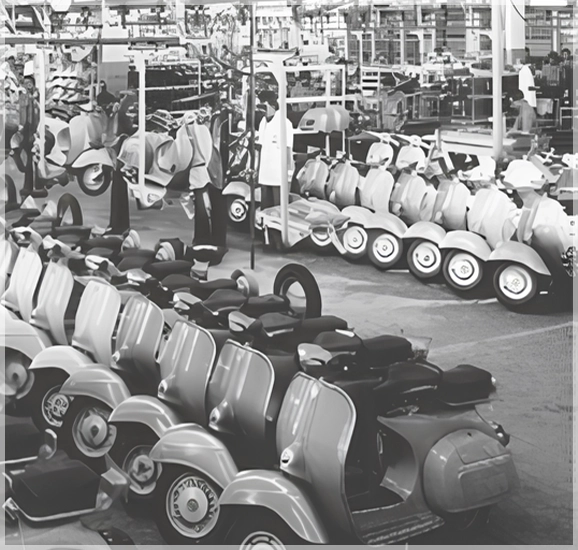
With the British gone, the Indian government recognized the urgent need for better transportation. Seeing the potential of scooters, the government granted Bachraj Trading permission to import and sell them in India. In 1948, the company became the first to sell scooters in the country. The first scooters imported were from Vespa, an Italian manufacturer, and while Indians loved the convenience of scooters, there were two major challenges:
- Incompatibility with Indian Roads: The imported Vespa scooters were designed for smooth European roads, which were vastly different from India’s rough terrain. This led to frequent performance issues.
- High Price: Since the scooters were imported, they were expensive and unaffordable for most Indians.
Kamal Nayan realized that to make scooters accessible to the common Indian, they would have to be manufactured locally. However, producing scooters in India wasn’t going to be easy due to the strict License Raj that restricted private businesses.
Overcoming Licensing Challenges and Starting Production
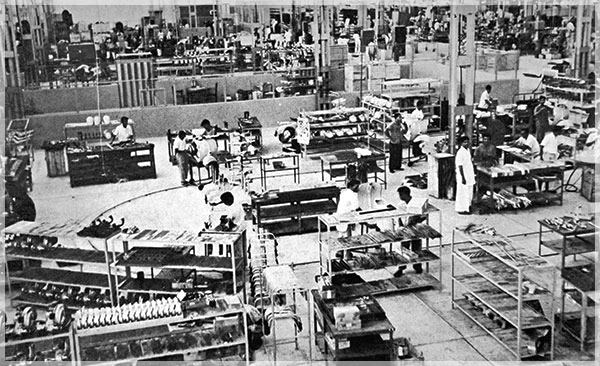
During the 1950s, India’s government exercised tight control over private businesses, and companies had to obtain numerous permits to start production. Kamal Nayan Bajaj worked tirelessly to obtain a manufacturing license. After years of effort, Bajaj Auto was finally granted permission to produce scooters in 1959.
Now, the next step was to convince Piaggio, the manufacturer of Vespa scooters, to partner with Bajaj for local production. Piaggio saw the potential in the massive Indian market and agreed. Bachraj Trading was renamed Bajaj Auto, and it was transformed from a private company into a public one to raise the necessary capital for long-term growth.
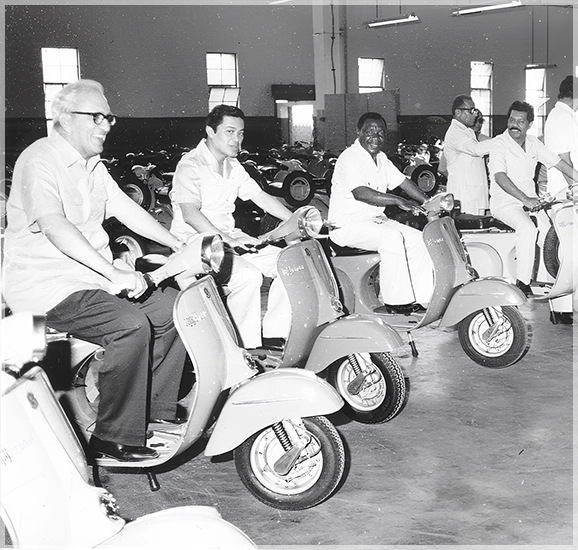
In 1960, Bajaj Auto began producing the Vespa 150, which was tailored for Indian roads and priced much lower than the imported models. The Vespa 150 quickly became a best-seller, establishing Bajaj as a dominant player in India’s two-wheeler market.
The Split with Piaggio and the Birth of Bajaj Chetak
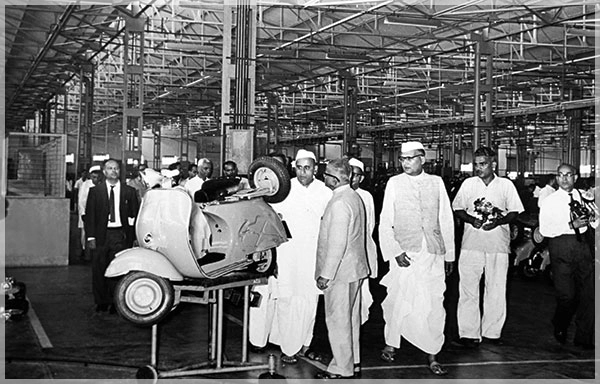
Despite their success, Bajaj Auto faced a significant challenge in 1971 when their contract with Piaggio expired. Piaggio, seeing the immense demand for its scooters in India, decided not to renew the contract, hoping to enter the Indian market independently. This left Bajaj without a partner and in a difficult situation.
However, rather than seek another foreign partner, Bajaj decided to go solo. Kamal Nayan’s son, Rahul Bajaj, who took over the company in 1965, made the bold decision to develop an indigenous scooter. This decision led to the birth of the iconic Bajaj Chetak in 1972, named after the famous horse of Indian warrior Maharana Pratap.
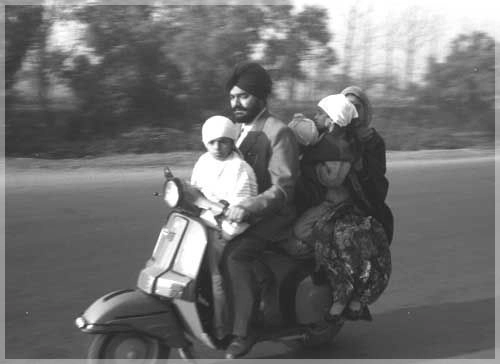
The Chetak scooter was designed specifically for Indian roads, priced affordably, and instantly became a sensation. Its rugged build, reliability, and affordability made it the scooter of choice for millions of Indians. The famous advertisement jingle “Hamara Bajaj” became a symbol of pride and middle-class mobility in India. At one point, the demand for Chetak was so high that the waiting period stretched to 10 years!
Bajaj Faces New Competition
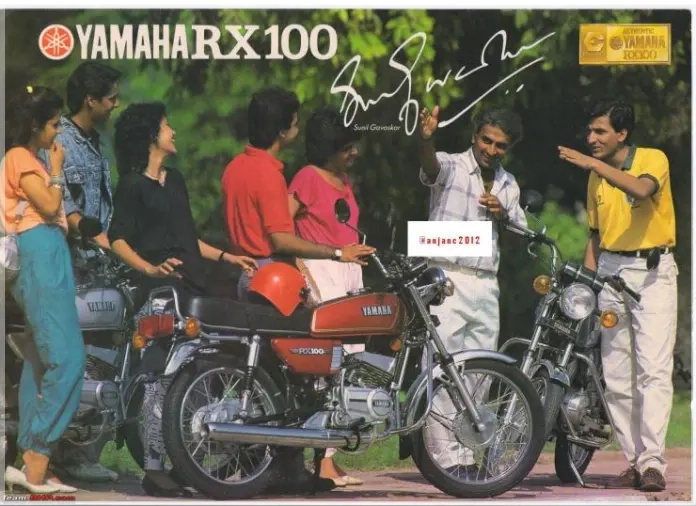
While Bajaj Chetak enjoyed massive success for over two decades, the 1990s brought new challenges. The Indian economy opened up to foreign players after the 1991 liberalization, leading to increased competition. Newer, stylish, and more fuel-efficient motorcycles like the Yamaha RX100 and Hero Splendor began dominating the market, especially among younger buyers.

Bajaj recognized the shifting trends and the declining interest in scooters. As motorcycles gained popularity, the company shifted its focus. In 1986, Bajaj had already entered into a collaboration with Japanese motorcycle giant Kawasaki to produce motorcycles, but this partnership had not yet produced the success they hoped for.
Reinvention under Rajiv Bajaj
As the market for scooters declined, Bajaj Auto faced its biggest challenge yet—how to stay relevant in a changing two-wheeler market. In the late 1990s, Rajiv Bajaj, Rahul’s son, took over the reins of the company. Rajiv believed that Bajaj needed to reinvent itself if it wanted to survive and thrive in the highly competitive market.
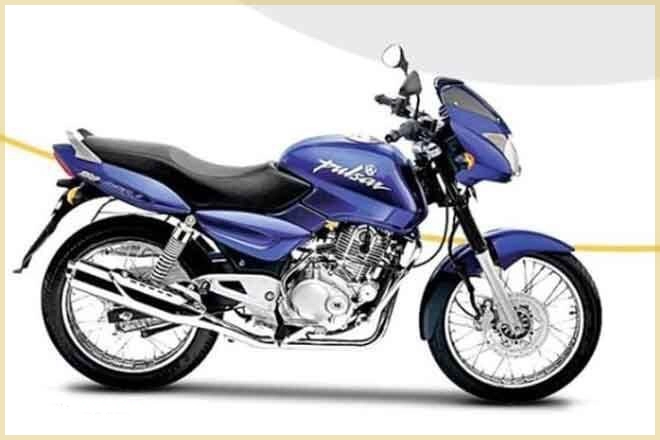
For five years, Rajiv focused on research and development, aiming to introduce a new breed of motorcycles that would capture the imagination of Indian consumers. His efforts culminated in the launch of the Bajaj Pulsar in 2001, a sporty and powerful motorcycle that quickly became a best-seller. The Pulsar’s success marked a turning point for Bajaj Auto, shifting its focus from scooters to motorcycles.
Bajaj Today: A Global Leader
Today, Bajaj Auto is no longer just a household name in India but a global player in the two-wheeler market. The company exports motorcycles to over 90 countries and sold around 1.6 million units overseas in the financial year 2024, making it India’s largest two-wheeler exporter. Bajaj’s collaboration with KTM and Kawasaki has also helped it expand its portfolio, offering high-performance motorcycles in both domestic and international markets.
From its humble beginnings as a scooter importer to becoming one of the world’s most successful two-wheeler manufacturers, Bajaj’s journey is a testament to the power of perseverance, innovation, and strategic thinking.
Bajaj’s Legacy of Innovation
The story of Bajaj is more than just the history of a company; it’s a symbol of India’s journey toward self-reliance. Bajaj’s determination to overcome every obstacle, be it the restrictions of the License Raj or the challenges of the global market, showcases its indomitable spirit.
Bajaj Auto’s transformation from a scooter company to a motorcycle giant, while navigating complex market dynamics, stands as an inspiring example of what can be achieved through vision, hard work, and adaptation to change.


